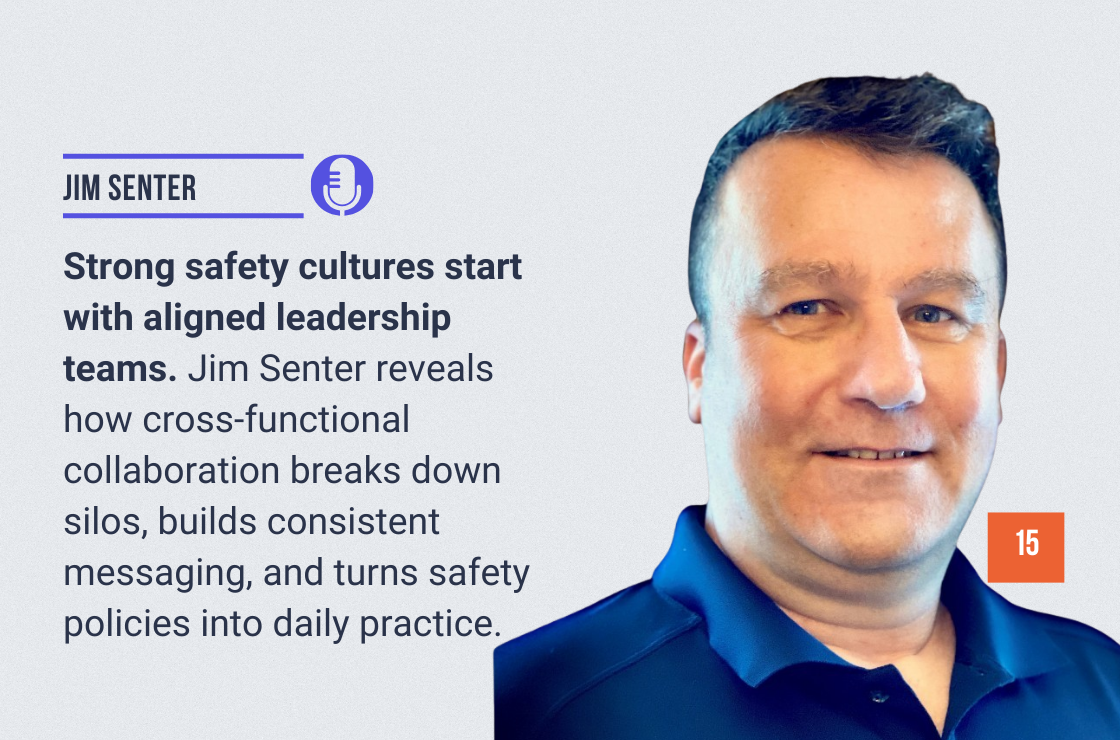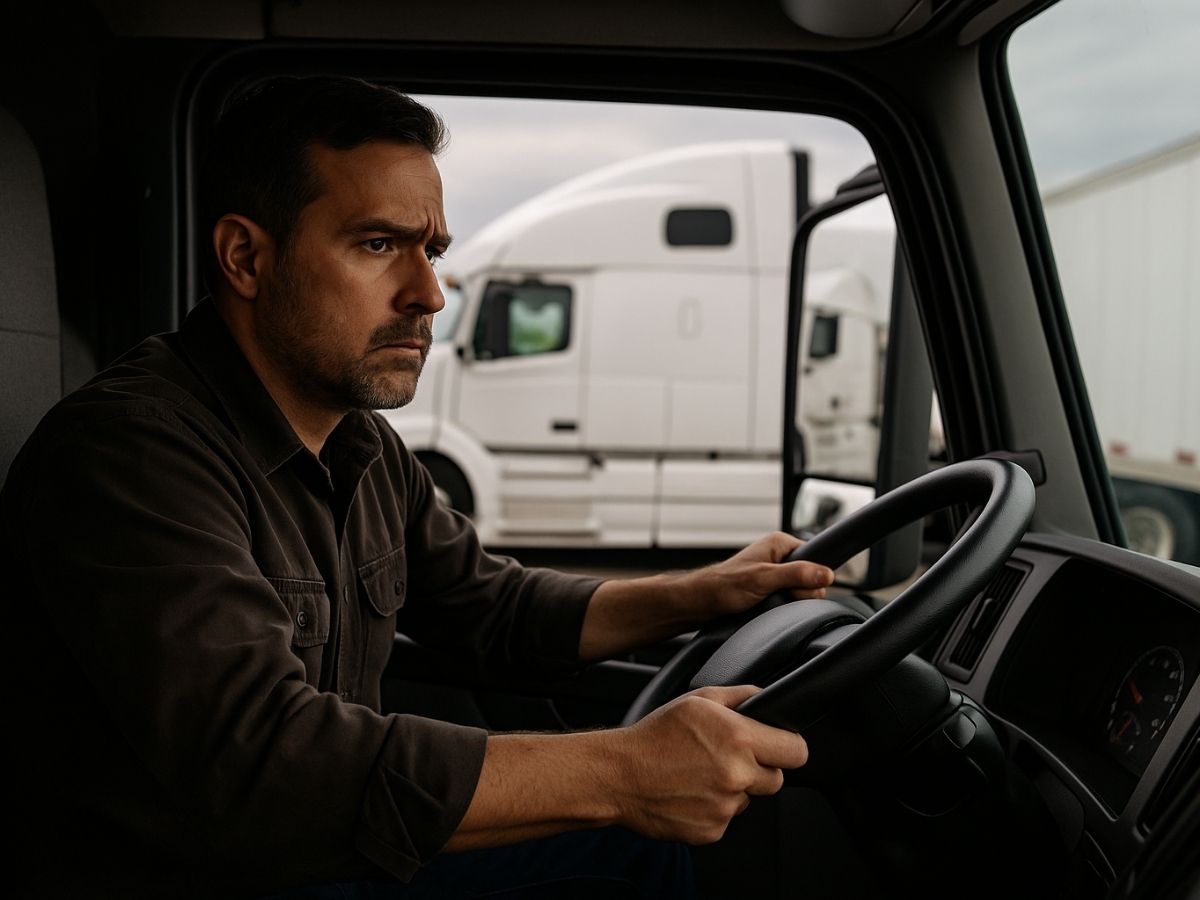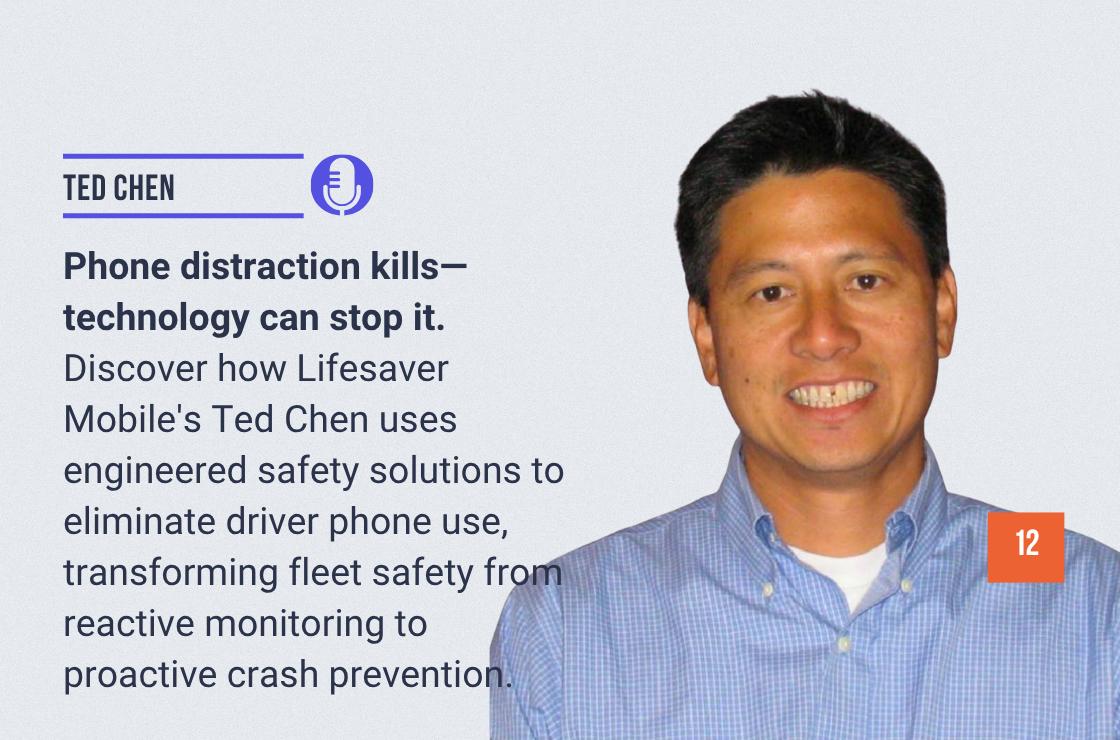
Why the Most Effective Fleets Focus on People First
Over the past decade, fleet safety technology has evolved at lightning speed. Tools that once felt futuristic, from telematics systems and dashcams to real-time driver behavior alerts, are now standard equipment.
But even as fleets invest heavily in technology, a hard truth remains: technology supports safety — it doesn’t create it.
At the heart of every high-performing, low-incident fleet is one critical, often overlooked factor: the incredible value of a strong, reinforced safety culture built around human behavior.
Without it, even the most advanced systems fall short.
Why Human Behavior Still Drives Fleet Safety
Data consistently shows that human factors contribute to the majority of vehicle incidents. According to the National Highway Traffic Safety Administration (NHTSA), driver-related behaviors like distraction, fatigue, and poor decision-making are responsible for over 90% of serious crashes.
Technology can monitor behavior and warn drivers — but only a fleet’s culture can motivate drivers to consistently choose safer actions even when no one is watching.
In a strong safety culture:
- Drivers believe that safety is everyone’s responsibility, not just the safety manager’s.
- Unsafe behaviors are addressed by management constructively, not punitively.
- Reporting near-misses, hazards, and concerns is normalized and encouraged.
- Leadership visibly prioritizes safety over speed, productivity, or convenience.
The Risks of Relying Solely on Technology
While technology has undoubtedly improved fleet safety, over-reliance on it creates new vulnerabilities:
- False Sense of Security: Assuming technology will prevent all incidents can lead to complacency at every level of the organization.
- Underdeveloped Driver Judgment: Drivers may defer too much to automated systems and stop making proactive, safety-first decisions.
- Missed Coaching Opportunities: Data points only become valuable when tied to meaningful coaching conversations that focus on behavior change.
The bottom line is that technology alone cannot fully protect a fleet without a strong culture that reinforces safe decision-making.
Building a Human-Centered Fleet Safety Culture
Creating a resilient, people-focused safety culture takes time and deliberate effort. Here’s what research and industry best practices recommend:
1. Leadership Commitment
Change starts at the top. Fleet executives, managers, and supervisors must visibly and consistently prioritize safety in policies, resource allocation, and everyday conversations.
When leadership “walks the talk,” it sets the tone for the entire organization.
2. Clear and Frequent Communication
A strong safety culture requires more than a handbook. It needs ongoing communication:
- Daily or weekly safety talks
- Visual reminders (signage, dashboard prompts)
- Regular check-ins to keep safety top-of-mind
Open two-way communication — where drivers feel heard — is key to engagement.
3. Positive Reinforcement
Recognizing and rewarding safe behaviors is often more potent than punishing unsafe ones. Studies in behavioral psychology show that positive reinforcement builds stronger, longer-lasting habits.
Consider:
- Publicly recognizing drivers with outstanding safety records
- Offering small rewards for milestone achievements
- Celebrating proactive reporting of hazards or near-misses
4. Meaningful Driver Training and Coaching
Training shouldn’t end after onboarding. Effective fleets invest in ongoing, practical, and engaging driver training programs.
Focus areas include:
- Defensive driving refreshers
- Fatigue management
- Hazard perception
- Behavior-based safety coaching
Small, regular doses of reinforcement are more effective than annual seminars or punitive retraining after incidents.
5. Normalize Reporting and Continuous Improvement
In fleets with a strong safety culture, reporting unsafe conditions, near-misses, or incidents is seen as a sign of strength — not weakness.
To build this norm:
- Create anonymous reporting options.
- Protect employees from retaliation.
- Publicize improvements made because of driver input.
When drivers see that speaking up leads to real change, they engage more deeply with safety initiatives.
Conclusion: Safety Culture is a Living System
Fleet safety doesn’t happen by installing devices. It happens when everyone—from leadership to dispatchers to drivers—shares a collective commitment to protecting themselves and others.
Technology can help.
Training can help.
But only culture transforms.
Building and sustaining a human-centered safety culture is an ongoing effort. When done correctly, this cultural adjustment pays off with fewer incidents, higher driver retention, lower costs, and, most importantly, more people getting home safely every day.







